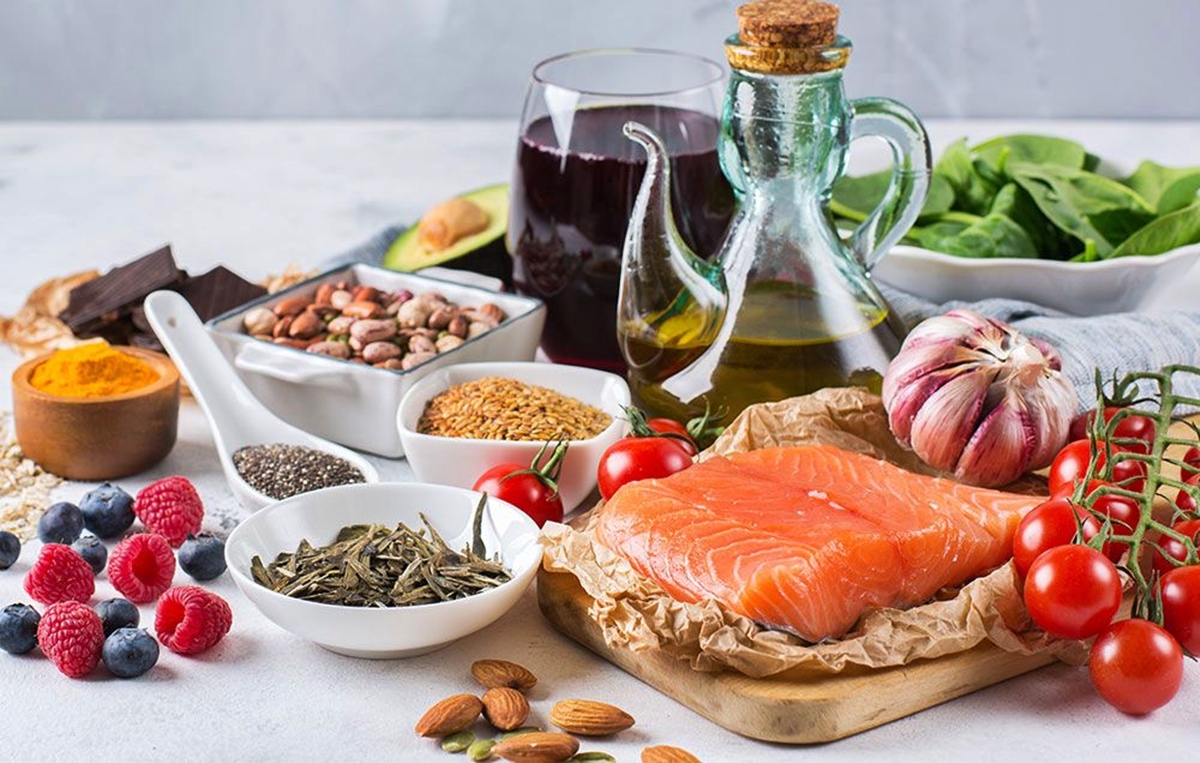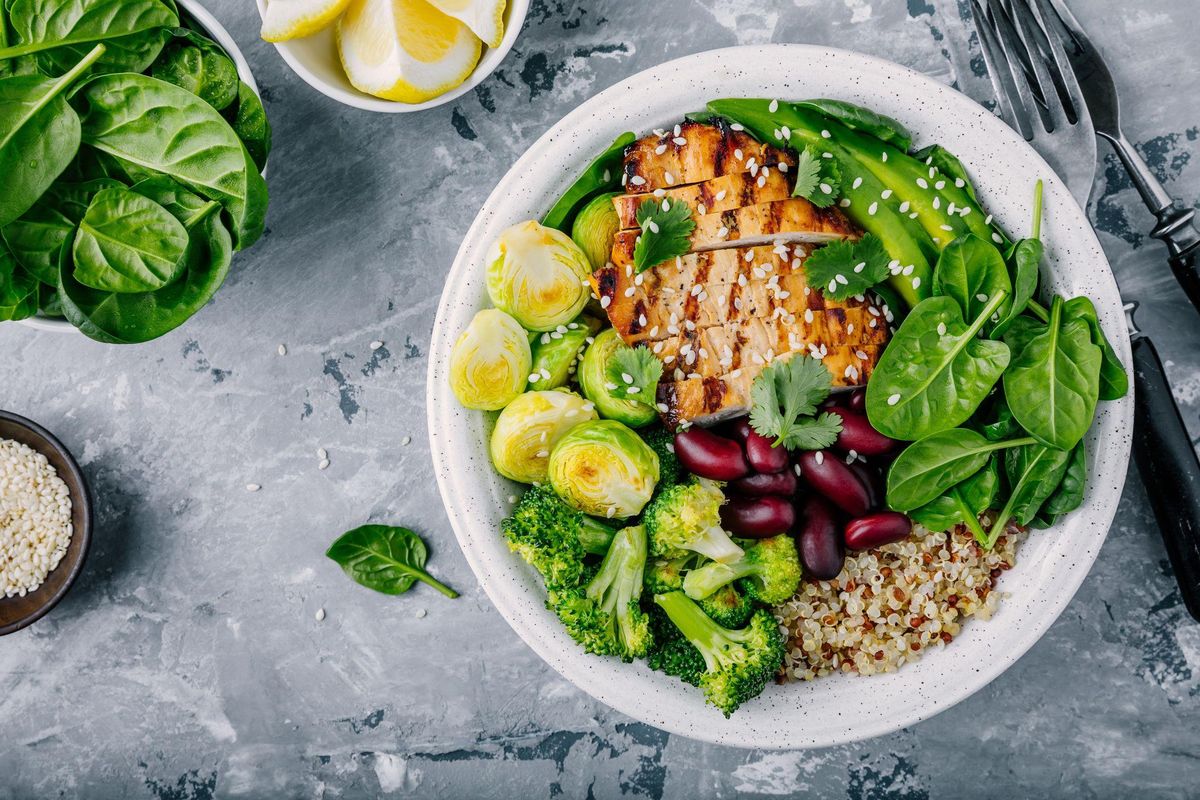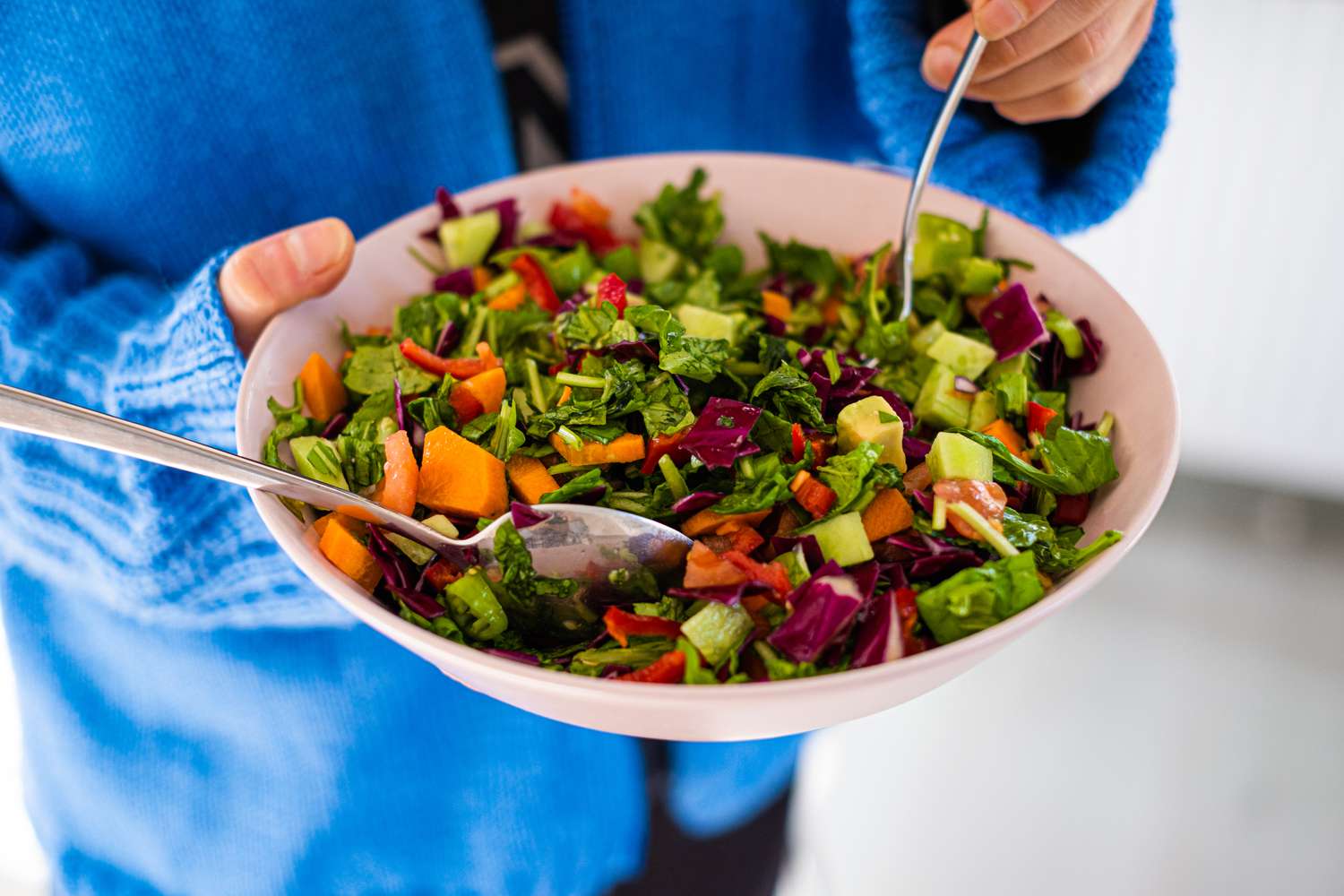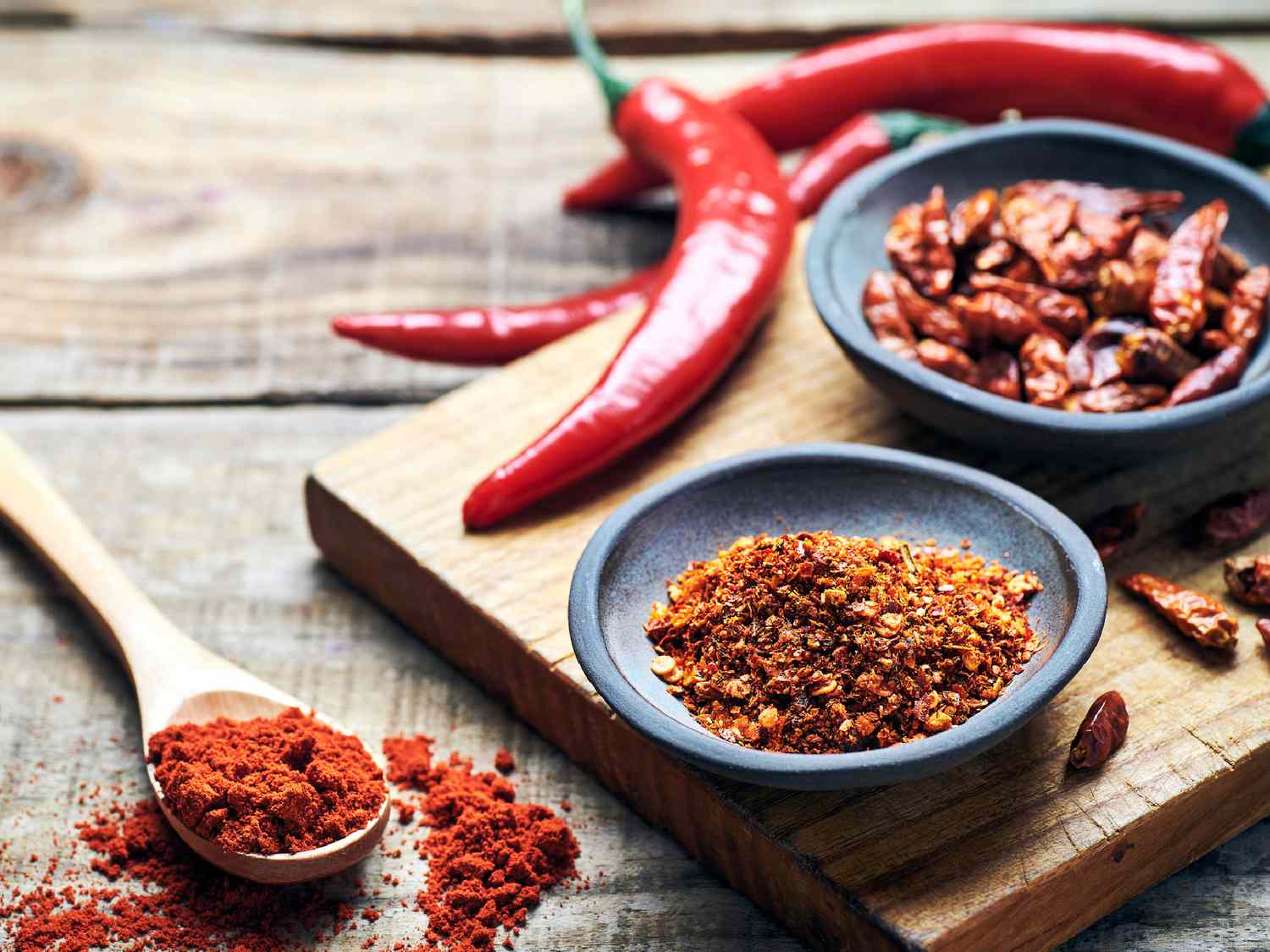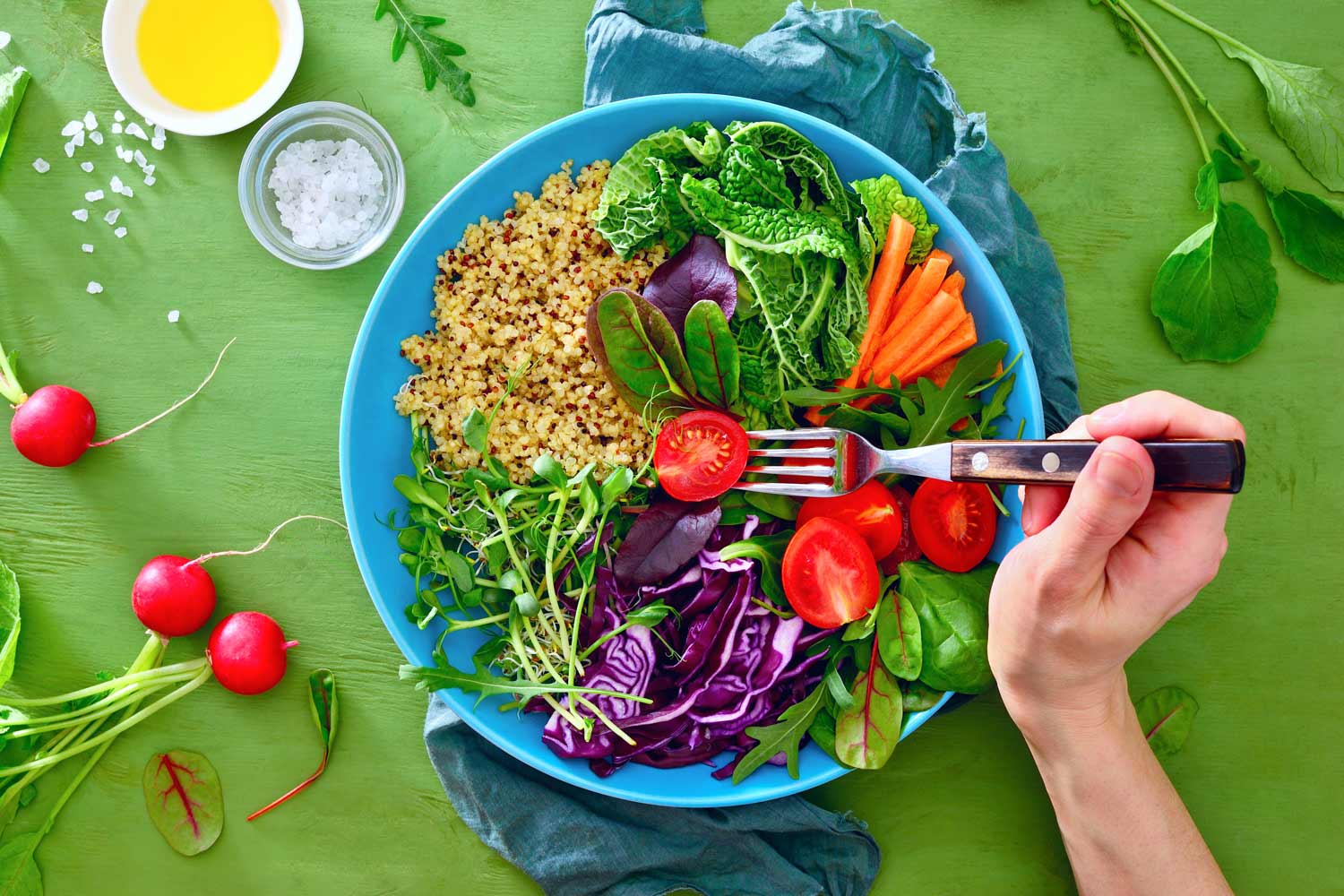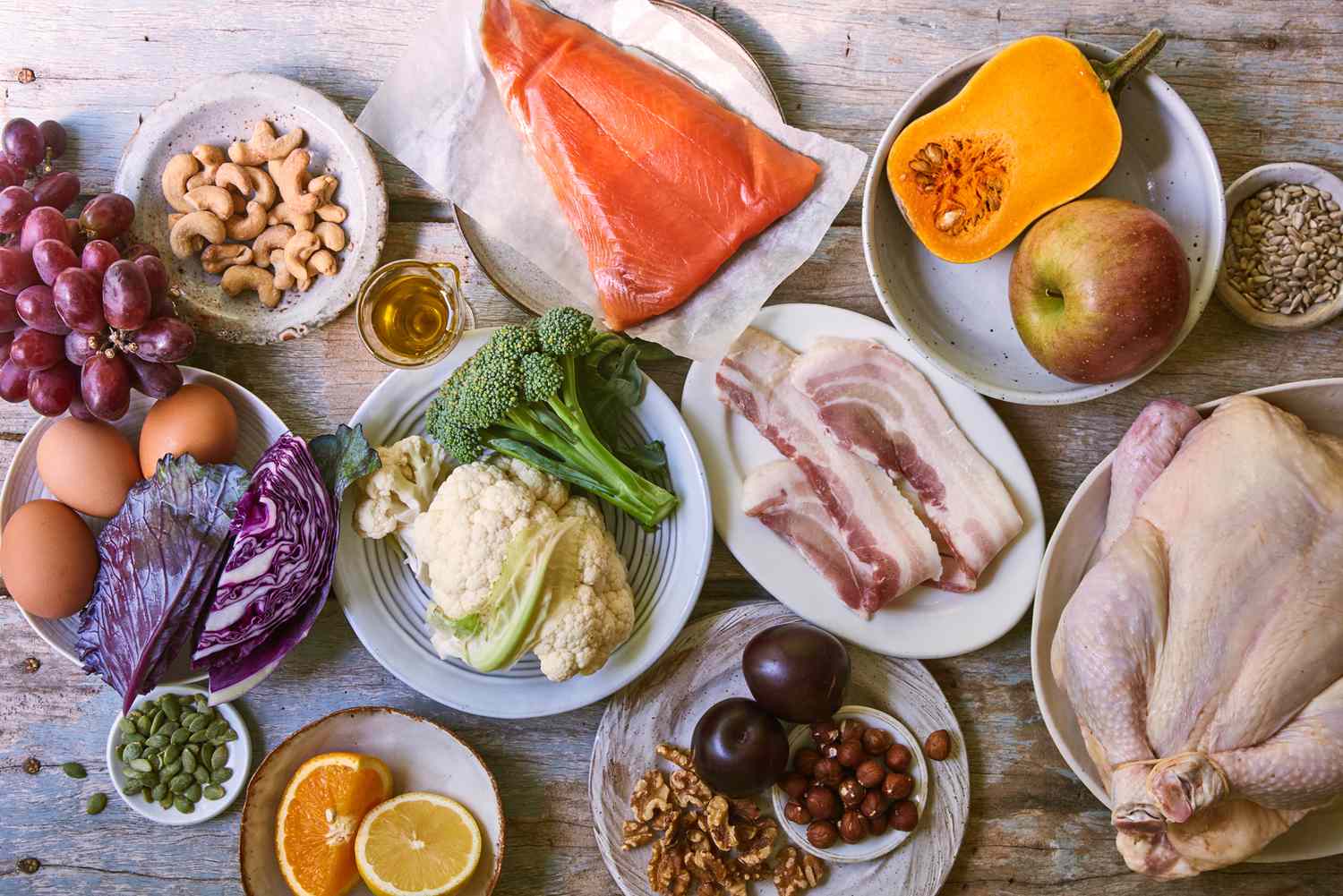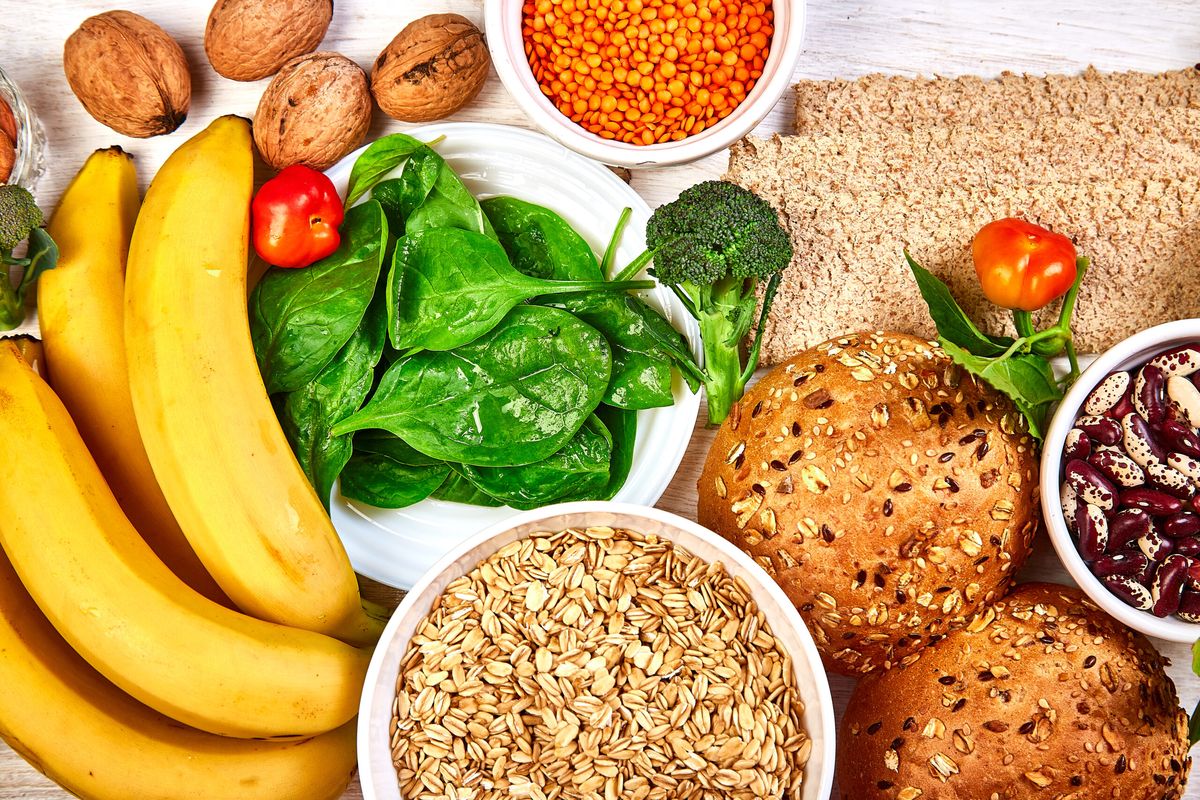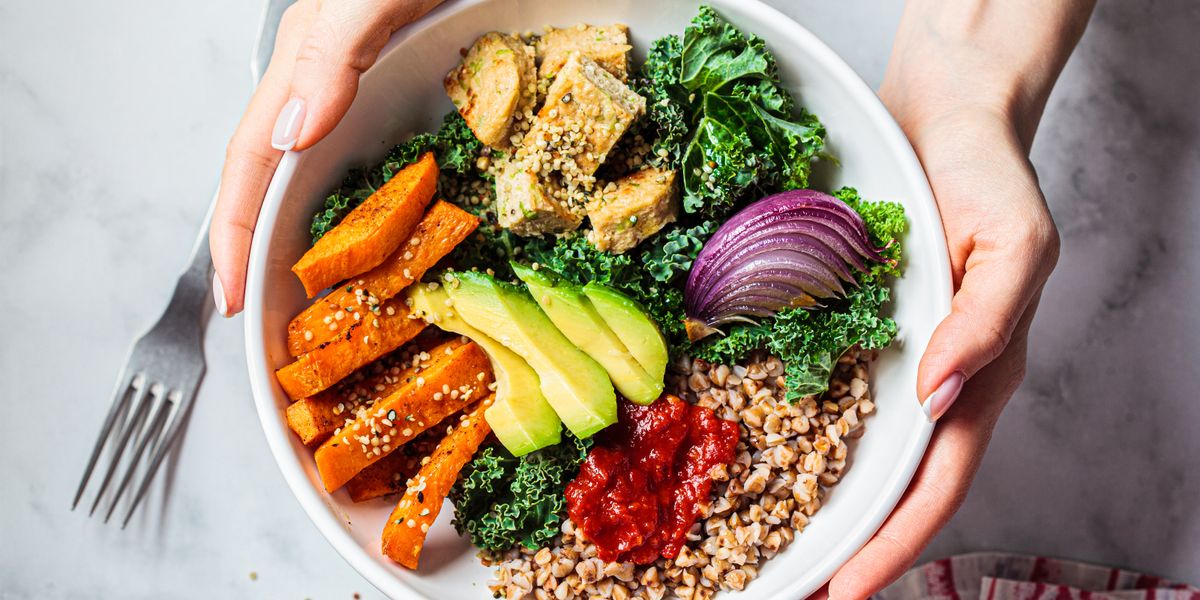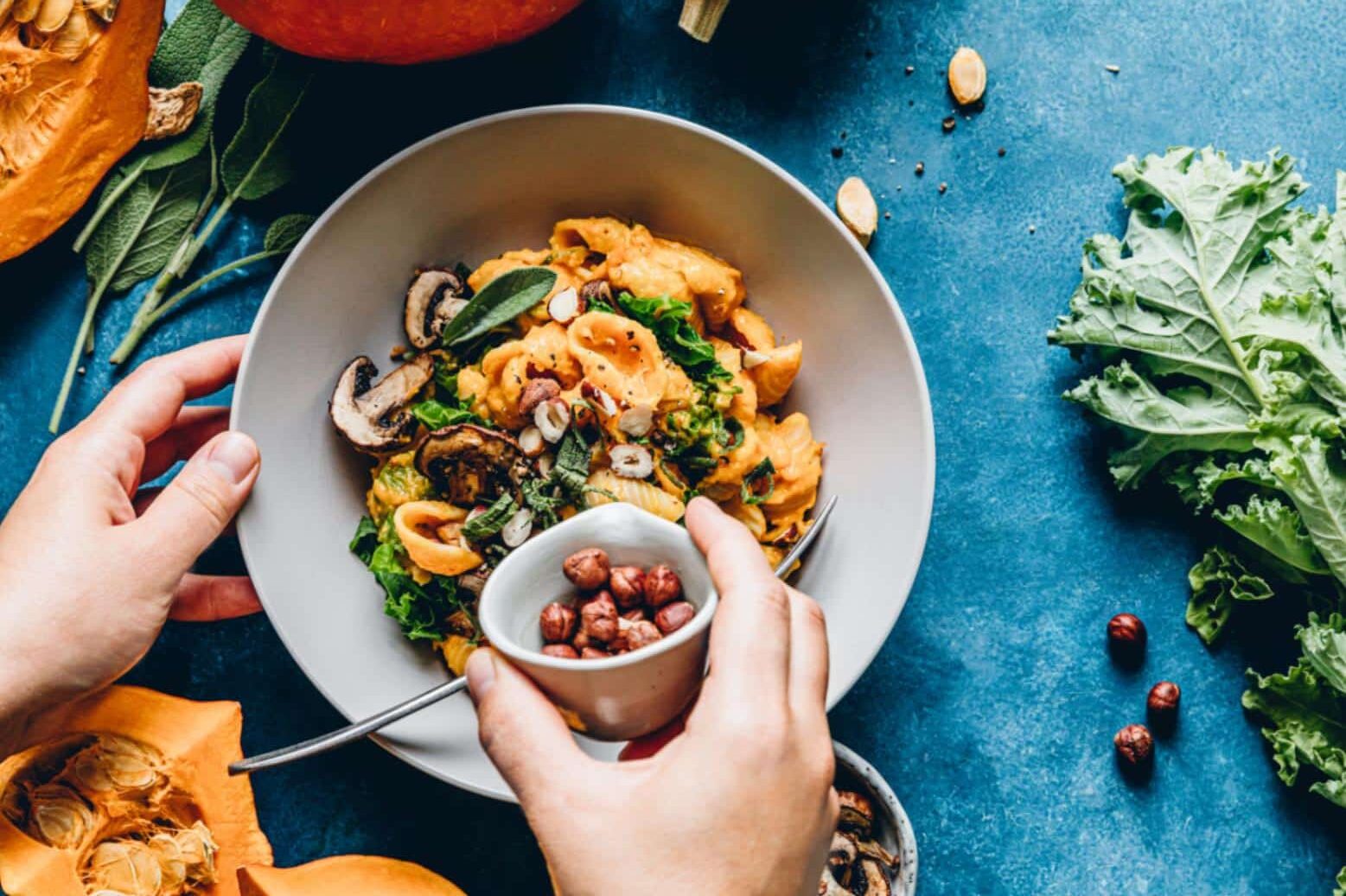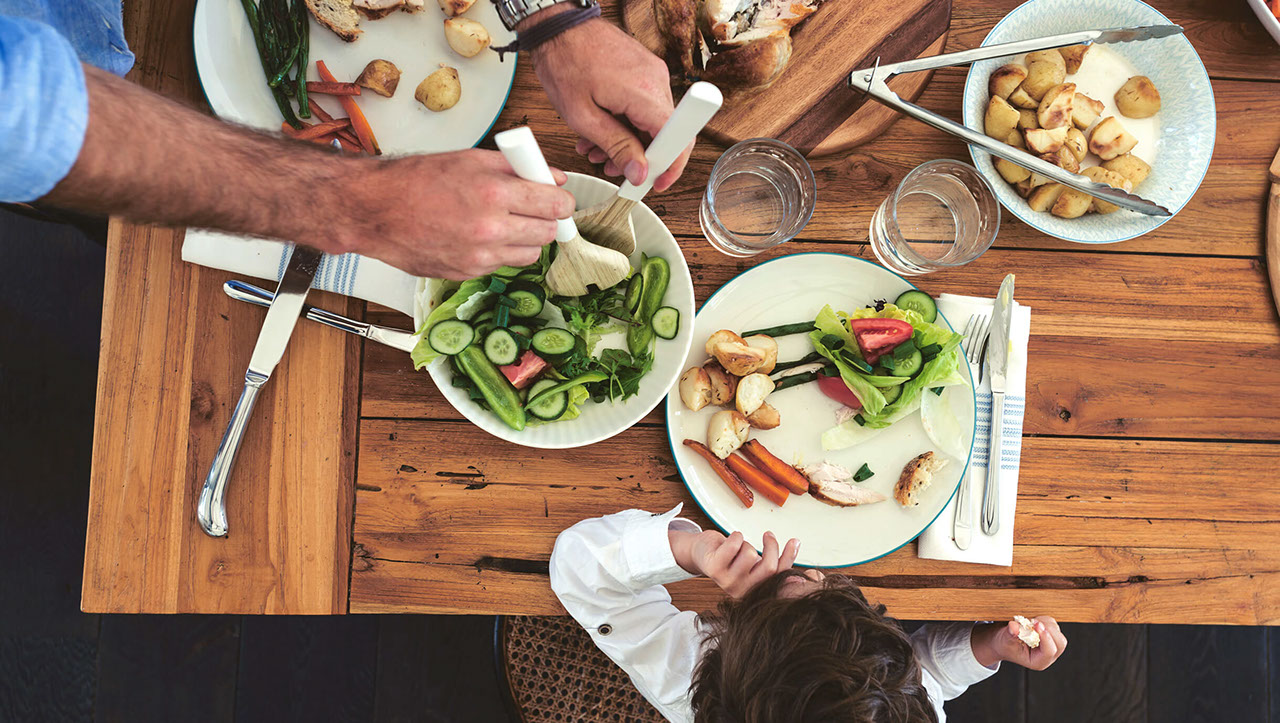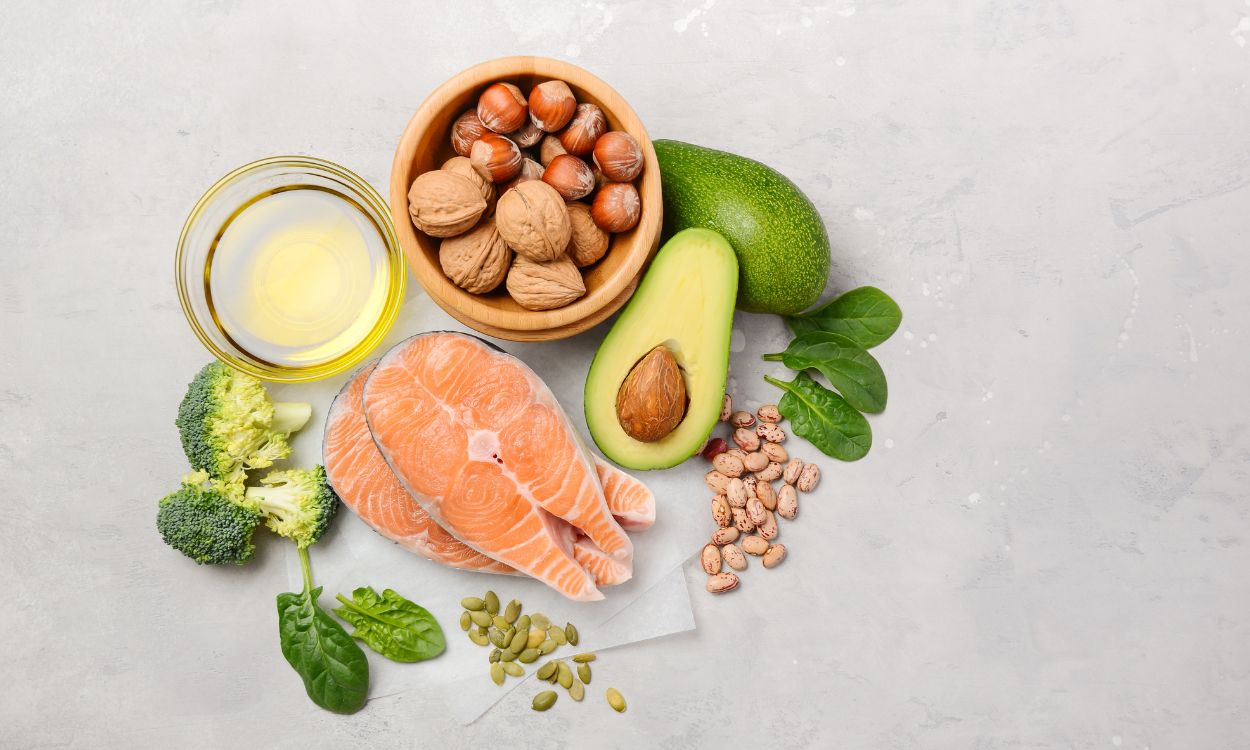Understanding the Candida Diet
If you’re dealing with a Candida overgrowth, you may be considering a Candida diet to help manage your symptoms. The Candida diet is designed to starve the Candida yeast by eliminating foods that promote its growth, such as sugar, refined carbohydrates, and yeast-containing products. By following a Candida diet, you can help rebalance your gut flora and alleviate symptoms such as fatigue, bloating, and brain fog.
What to Eat on a Candida Diet
When following a Candida diet, it’s important to focus on whole, nutrient-dense foods that support gut health and discourage the growth of Candida. Here are some foods to include in your Candida diet:
- Non-starchy vegetables such as leafy greens, broccoli, and cauliflower
- Low-sugar fruits like berries, green apples, and citrus fruits
- Lean proteins such as chicken, fish, and tofu
- Healthy fats like avocado, coconut oil, and olive oil
- Fermented foods such as sauerkraut, kimchi, and kefir
- Herbs and spices like garlic, ginger, and turmeric
Foods to Avoid on a Candida Diet
On the other hand, there are certain foods that can promote Candida overgrowth and should be avoided on a Candida diet. These include:
- Sugar and sweeteners including honey, maple syrup, and agave nectar
- Refined carbohydrates like white bread, pasta, and pastries
- Yeast-containing foods such as bread, beer, and vinegar
- High-sugar fruits like bananas, grapes, and mangoes
- Processed and fried foods which can disrupt gut flora
- Dairy products except for probiotic-rich options like yogurt and kefir
Tips for Success
Adhering to a Candida diet can be challenging, but there are some strategies that can help you stay on track and maximize the benefits of the diet:
- Meal planning: Plan your meals and snacks in advance to ensure you have Candida-friendly options on hand.
- Read labels: Be mindful of hidden sugars and additives in packaged foods.
- Stay hydrated: Drink plenty of water to support digestion and detoxification.
- Manage stress: Chronic stress can weaken the immune system, so prioritize stress-reducing activities like yoga or meditation.
- Seek support: Consider working with a healthcare professional or nutritionist to create a personalized Candida diet plan.
Conclusion
While the Candida diet may require some adjustments to your eating habits, it can be a valuable tool in managing Candida overgrowth and promoting overall gut health. By focusing on whole, nutrient-dense foods and avoiding those that promote Candida growth, you can support your body’s natural balance and alleviate uncomfortable symptoms.
